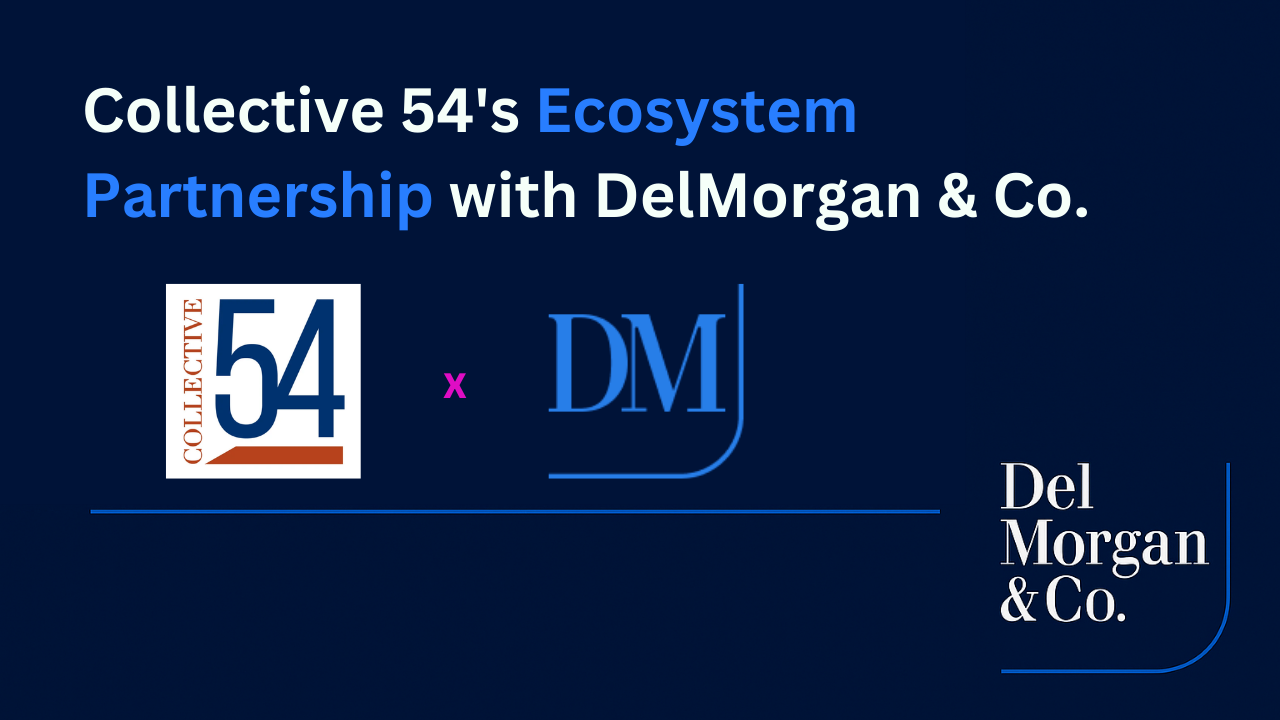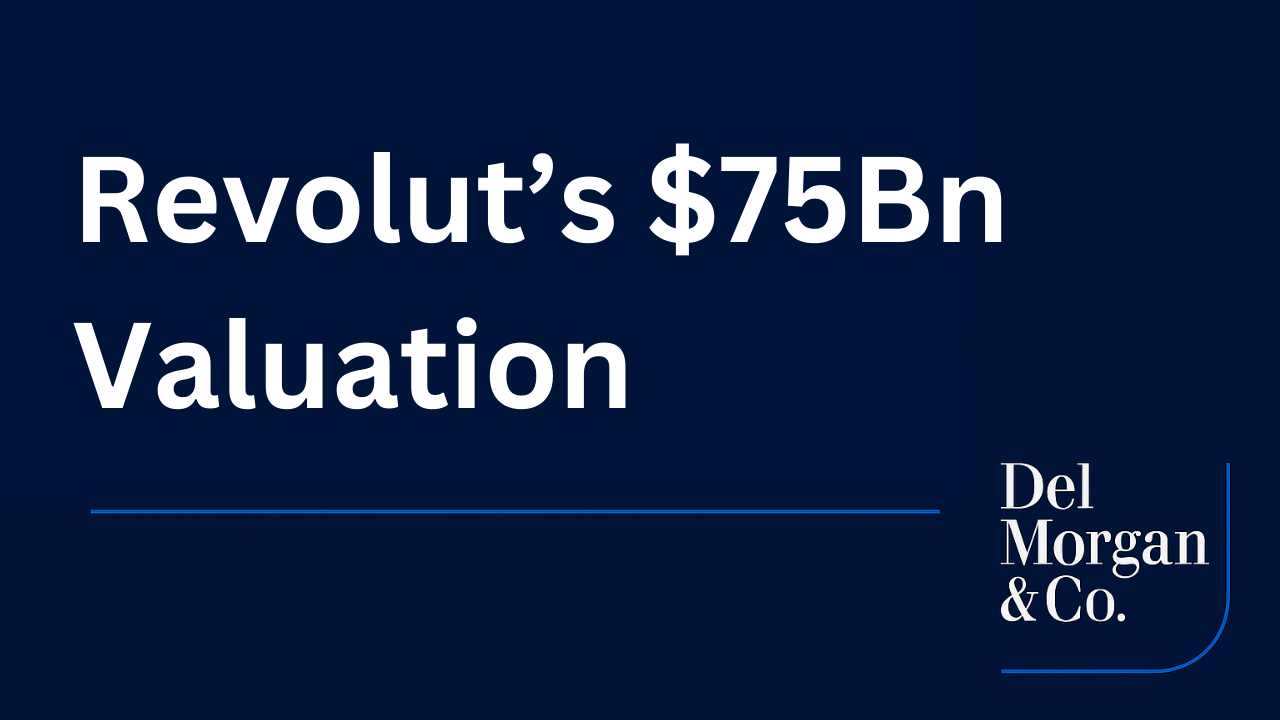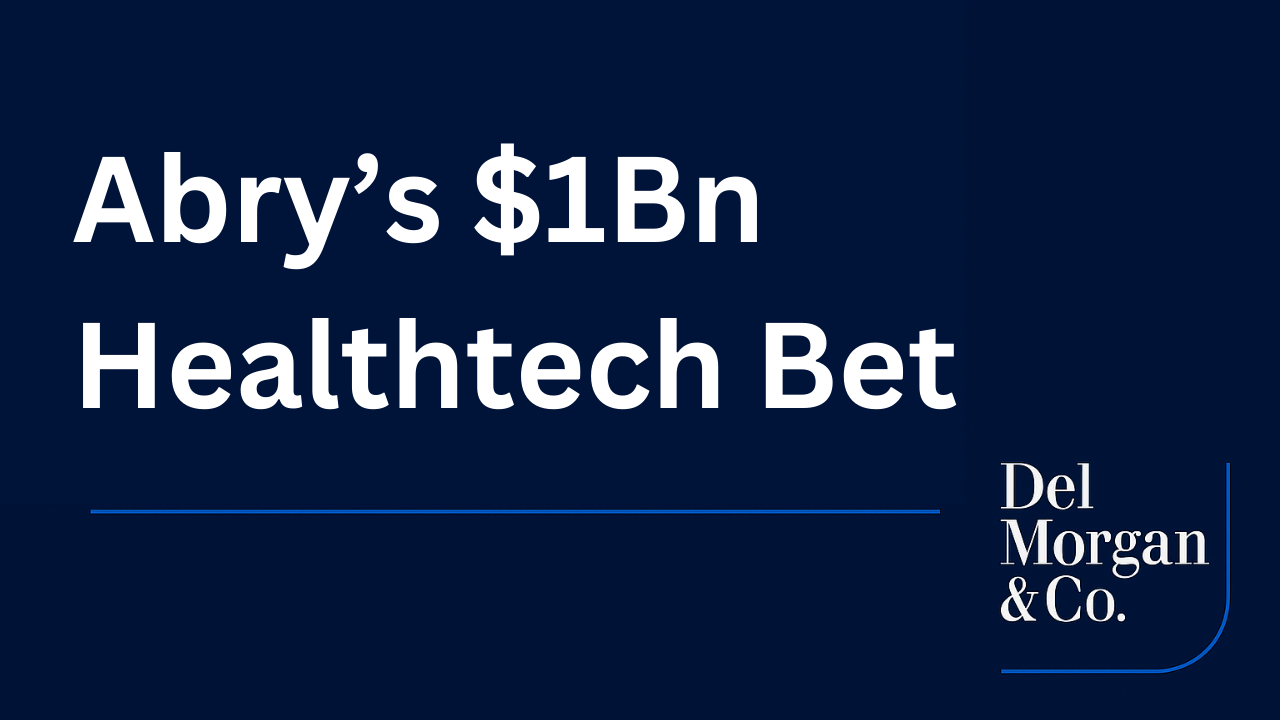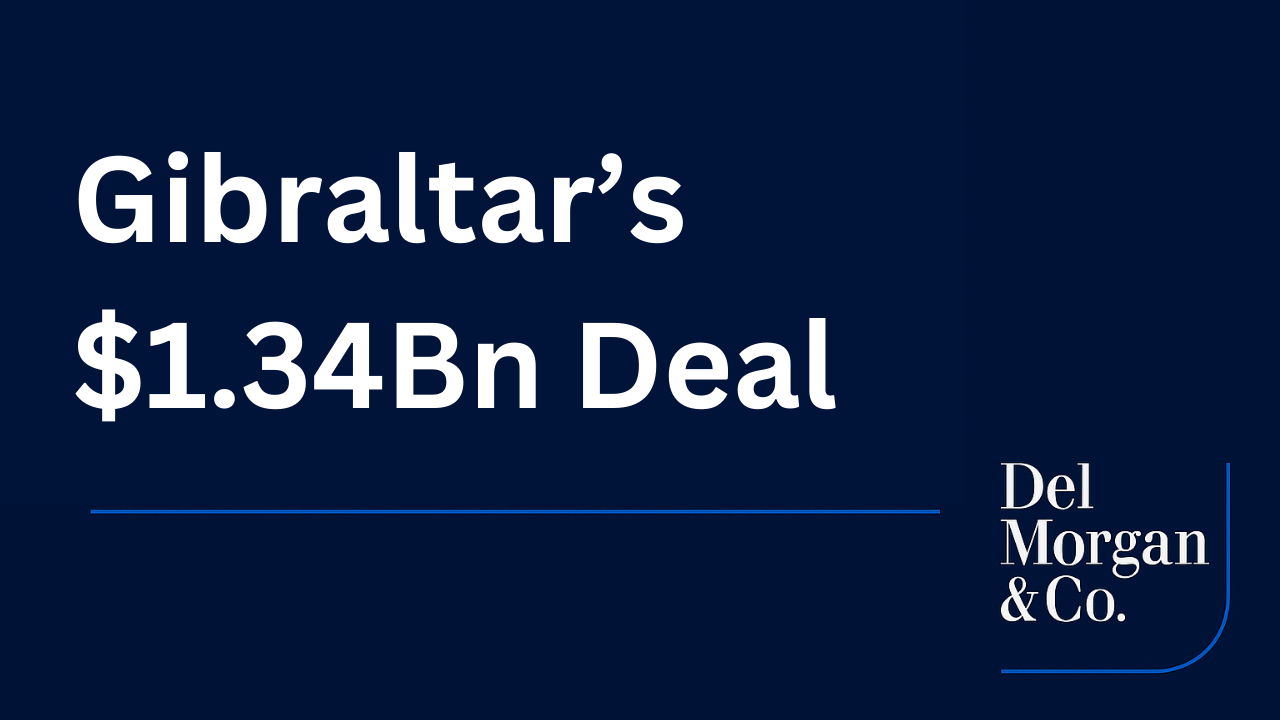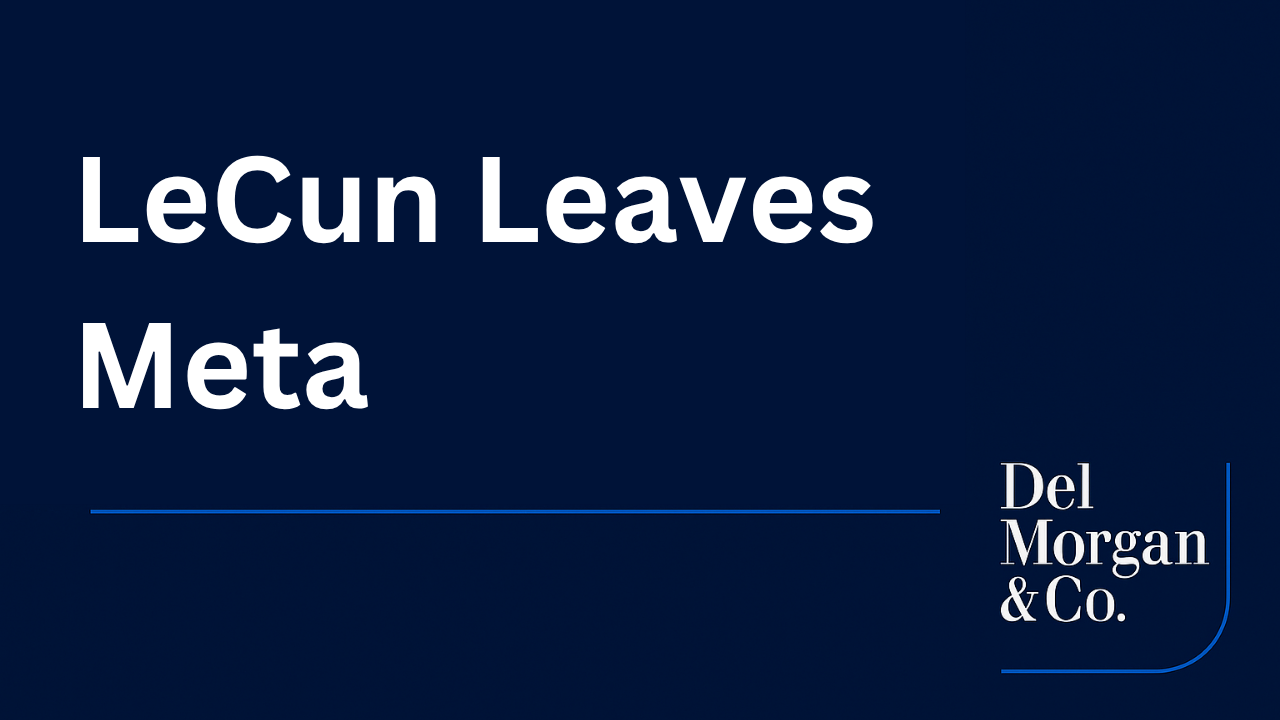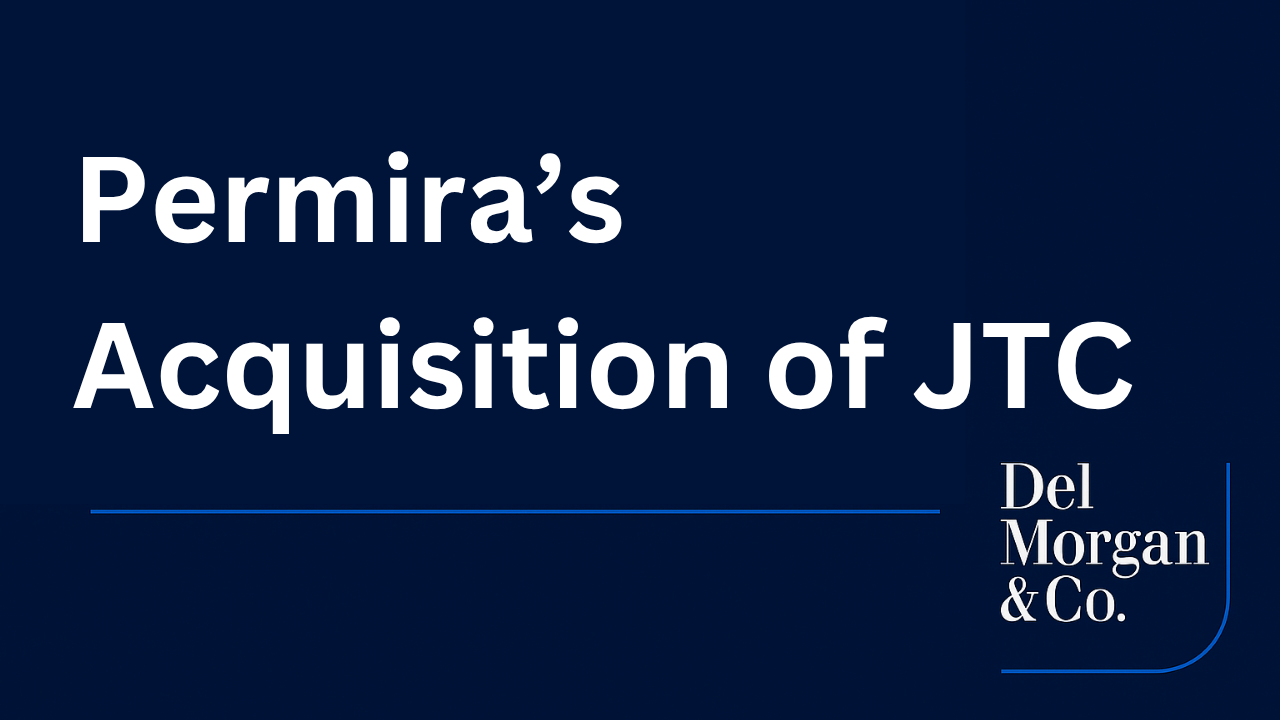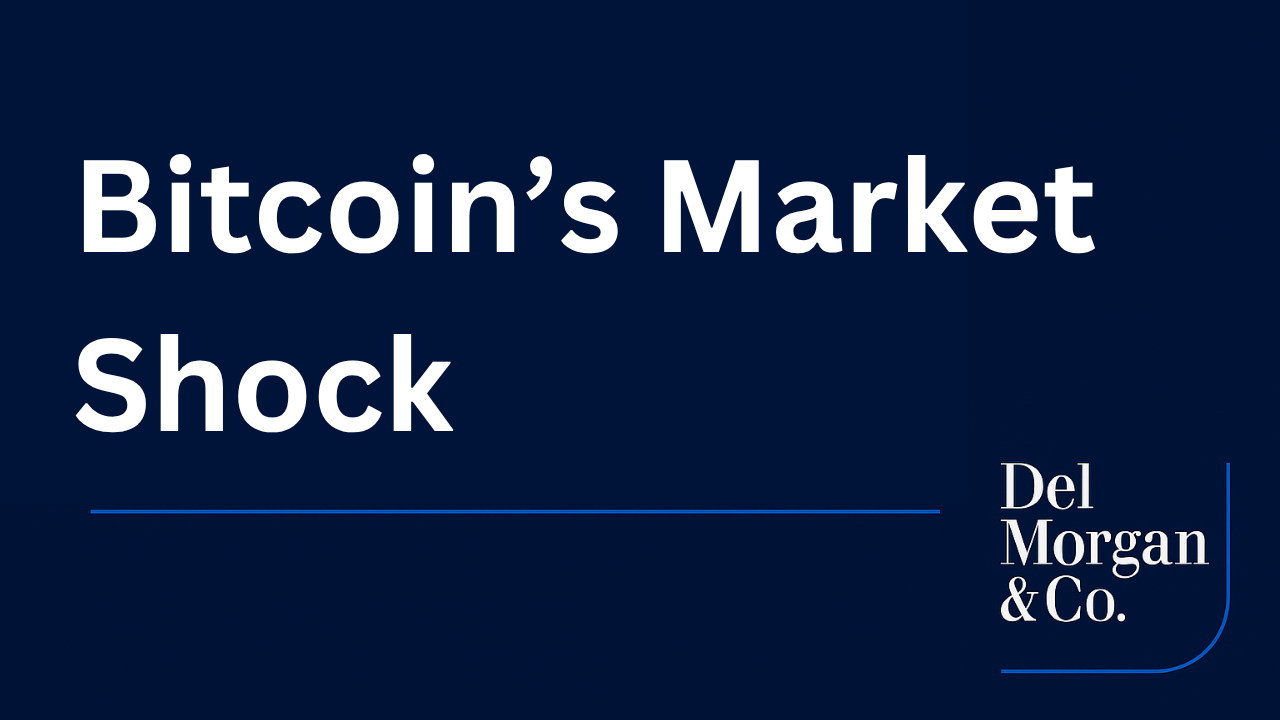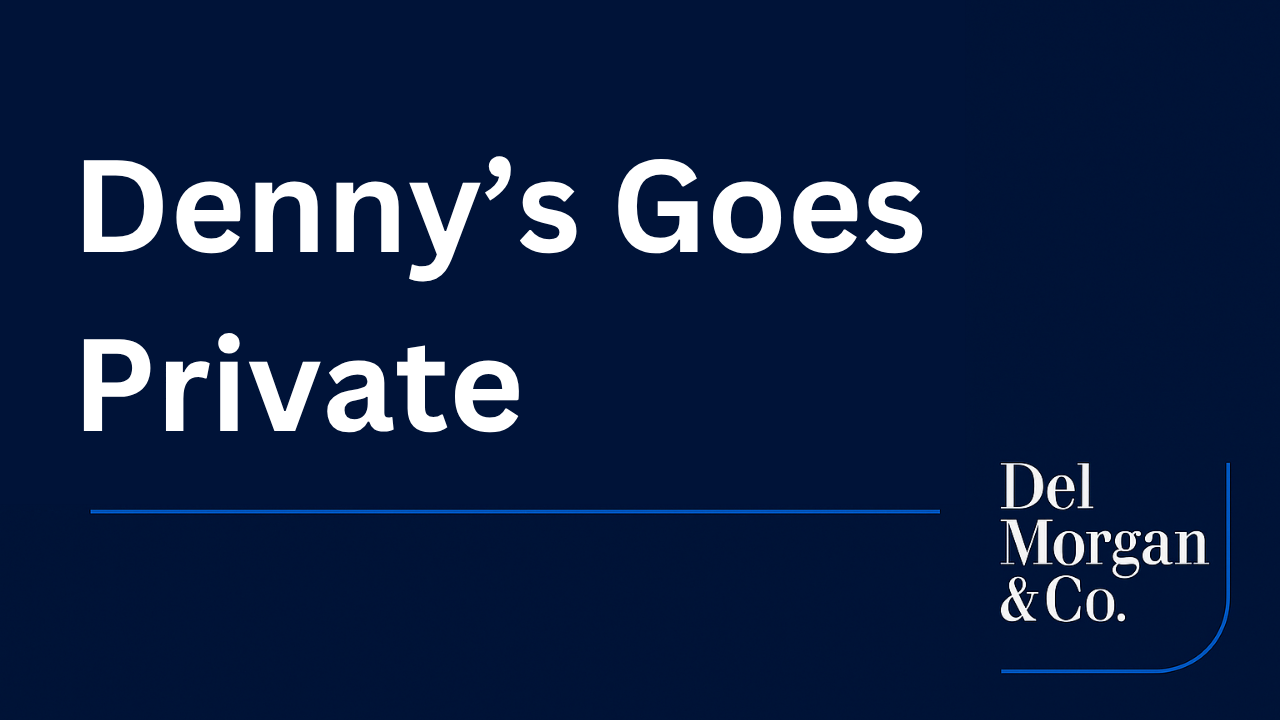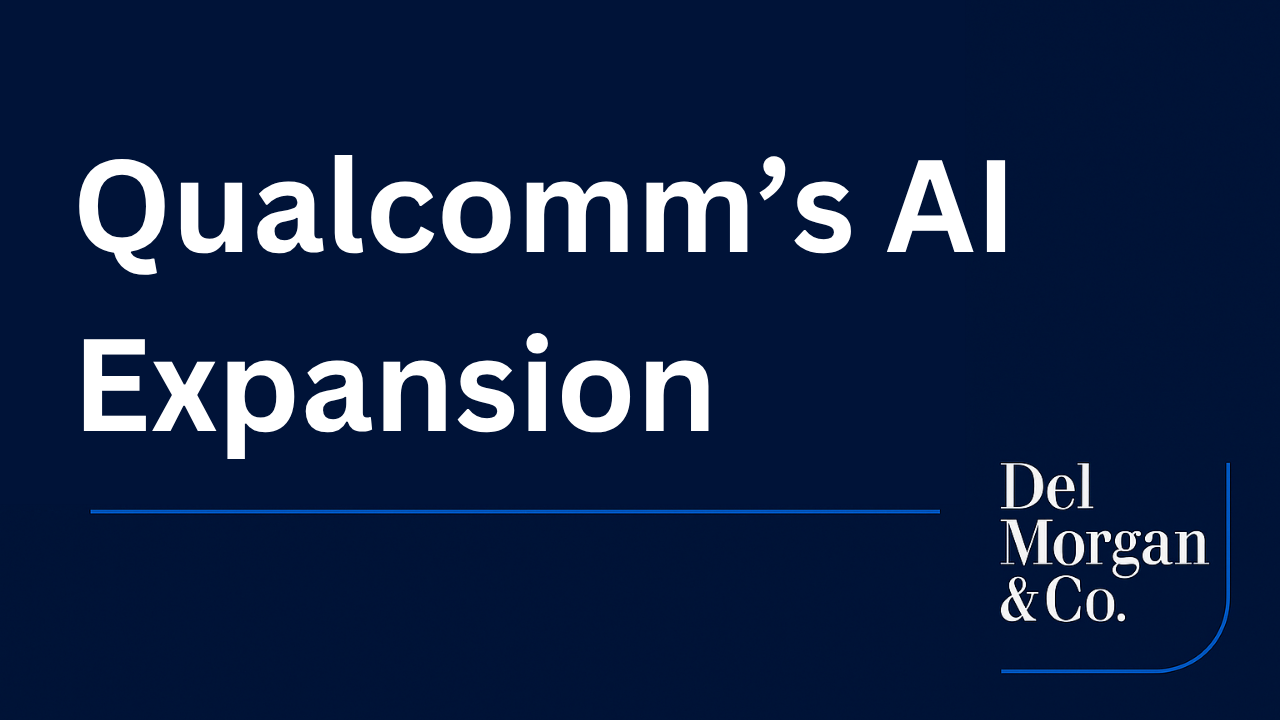Executive Summary
Recurring revenue models have solidified as a cornerstone of global business strategy, revolutionizing sectors from enterprise software to consumer services such as streaming, fitness and food delivery. Because these models deliver predictable cash flows, they are highly favored among investors for their stability and scalability. However, for U.S. households, the proliferation of subscriptions introduces challenges, including escalating monthly expenses, constrained financial flexibility and growing skepticism about value relative to convenience. This analysis explores the subscription economy’s impact on American consumers, dissects the financial mechanics of subscription-based businesses and assesses implications for capital markets, investor sentiment and long-term consumer expenditure trends.
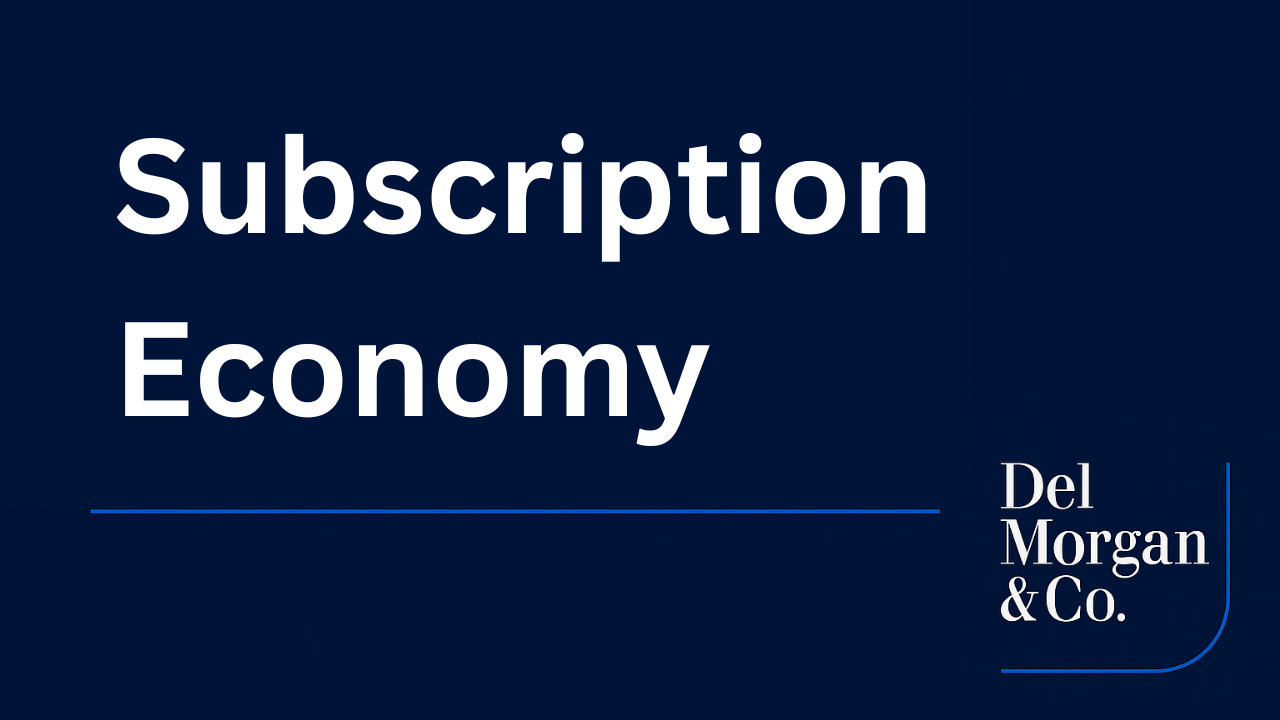
A Model Optimized for Markets, Charged to Consumers
Subscription-based enterprises are prized in capital markets for their consistent revenue streams, low churn rates and extended customer lifetime value (LTV). Software-as-a-Service (SaaS) leaders such as Microsoft (MSFT), Adobe (ADBE) and Salesforce (CRM) consistently trade at elevated valuation multiples – often 8-12x EV/Revenue – reflecting investor confidence in their recurring revenue models. This framework has expanded beyond software, with streaming platforms (Netflix, Disney+), consumer applications (Spotify, Calm), health and wellness services (Oura, WHOOP) and grocery delivery (Thrive Market, HelloFresh) adopting similar strategies: minimal upfront costs, continuous billing and mechanisms to foster user retention.
For consumers, subscriptions promise convenience but often obscure cumulative costs. Data from Rocket Money indicate that the average American household spends approximately $219 monthly on digital and physical subscriptions, encompassing services such as Amazon Prime and gym memberships but frequently overlooking smaller, trial-based charges. A C+R Research survey reveals that 74% of U.S. adults underestimate their subscription spending, often by significant margins, highlighting a disconnect between perceived and actual costs.
Amazon Prime: The Archetype of Default Subscriptions
Amazon Prime epitomizes the behavioral economics driving subscription growth. Initially a shipping benefit, Prime has evolved into a comprehensive ecosystem bundling video, music, gaming, grocery delivery, photo storage and prescription services for a $139 annual fee. With over 180 million U.S. subscribers, Prime has normalized the notion that recurring payments for access – rather than ownership – are standard. This shift enhances retention and boosts LTV, with Amazon (AMZN) generating over $500 billion in 2024 revenue, partly driven by Prime’s ecosystem. However, Prime members spend $1,400 annually on Amazon versus $600 for non-members, suggesting subscriptions amplify spending through habit reinforcement, often at the expense of consumer clarity.
Streaming: From Disruption to Fragmentation
Streaming services, once positioned as cost-effective alternatives to cable, have become a fragmented and inflationary segment. The average U.S. household subscribes to 4.5 platforms, including Netflix (NFLX), Disney+ (DIS), Hulu, Max, Apple TV+ and YouTube Premium, with aggregate costs often exceeding traditional cable bundles. Netflix’s standard plan, now $15.49/month, contributes to monthly streaming expenses averaging over $60 for many households. Rising prices, coupled with password-sharing restrictions, have coincided with a 6% year-over-year decline in streaming viewership (according to Nielsen), signaling diminishing returns on investment for consumers. Ad-supported tiers and bundling deals (e.g., Verizon’s Netflix + Max offering) reflect competitive pressures but underscore retention challenges and subscription fatigue.
The Bundling Paradox
Bundling, initially a value proposition, has become a critical yet contentious strategy. Disney’s integration of Disney+ and Hulu, Apple One’s combination of iCloud, Music, TV+, News, Fitness and Arcade, and Spotify’s partnerships with Netflix exemplify efforts to boost average revenue per user (ARPU) and reduce churn. For investors, bundling stabilizes revenue and spreads customer acquisition costs (CAC) across services. However, consumer surveys indicate over 60% of bundled subscribers use fewer than half the included features, raising concerns about perceived value. Inflexible pricing structures further exacerbate dissatisfaction, as users cannot opt out of unwanted services, potentially undermining long-term engagement.
Wellness Subscriptions: Quantifying the Self
The health & wellness sector has embraced subscriptions, with services such as Oura Ring ($5.99/month), WHOOP ($30/month) and ClassPass transforming biofeedback, sleep tracking, and fitness into recurring expenses. McKinsey’s 2025 Wellness Consumer Report estimates average monthly spending on wellness subscriptions at $91. Hardware-dependent models, such as Oura and WHOOP, often require ongoing subscriptions for full functionality despite significant upfront costs ($300-400), creating lock-in. This trend toward “self-quantified” subscriptions expands fixed household costs, potentially straining budgets amid rising essential expenses.
Food Subscriptions: Convenience at a Cost
Meal kits (HelloFresh) and specialty food services (ButcherBox, Thrive Market) have capitalized on demand for convenience, particularly among dual-income households. However, rising prices and normalizing demand have led to high churn rates – HelloFresh reported over 70% churn in the U.S. in 2024. Heavy reliance on discounts and free trials inflates CAC and erodes LTV, while consumers weigh the trade-off between subscription predictability and the flexibility of traditional grocery shopping.
Financial Dynamics: Stability for Markets, Rigidity for Households
For businesses, subscriptions offer unparalleled revenue predictability, supporting higher valuations and efficient capital allocation. Public SaaS firms benefit from robust credit profiles and equity multiples, driven by strong annual recurring revenue (ARR). Conversely, for households, subscriptions shift spending from discretionary to fixed costs, limiting budgeting flexibility. The rise of fintech tools like Rocket Money and PocketGuard, designed to track and cancel subscriptions, reflects growing consumer demand for oversight and control.
Outlook: Consolidation and Intelligent Scaling
The subscription economy’s next phase will likely feature increased consolidation and AI-driven personalization. Bundling strategies are expected to intensify as platforms aim to minimize churn, while AI tools such as ChatGPT Plus, Gemini Advanced and Claude Pro introduce “digital infrastructure” subscriptions. These services, with untested pricing power, signal a new frontier. For investors, the focus remains on balancing revenue stability with consumer trust, as over-monetization risks backlash.
Conclusion: Balancing Value and Obligation
The subscription economy has created substantial shareholder value, delivering consistent cash flows and enhanced customer engagement. Yet, for American households, it imposes silent cost accumulation and reduced financial optionality. As consumers demand greater transparency and flexibility, businesses must prioritize modular pricing and meaningful value to sustain growth. For investors, the subscription model’s strength lies in its predictability, but its longevity hinges on aligning recurring revenue with genuine consumer utility.
About DelMorgan & Co.
With over $300 billion of successful transactions in over 80 countries, DelMorgan’s Investment Banking professionals have worked on some of the most challenging, most rewarding and highest profile transactions in the U.S. and around the globe. In the upcoming year we expect more high-quality deal execution for more clients and welcome the opportunity to speak with companies interested in potentially selling their businesses or raising capital.
